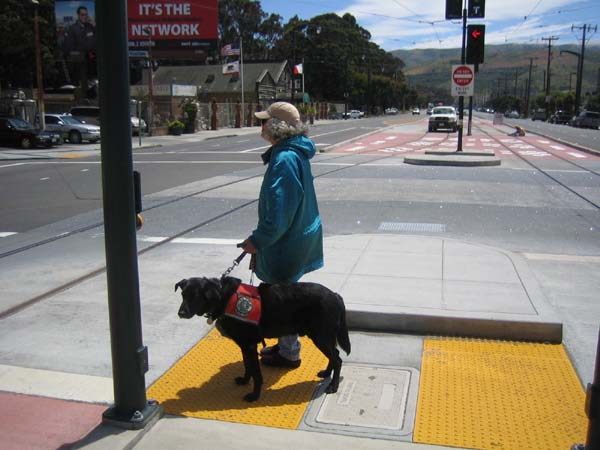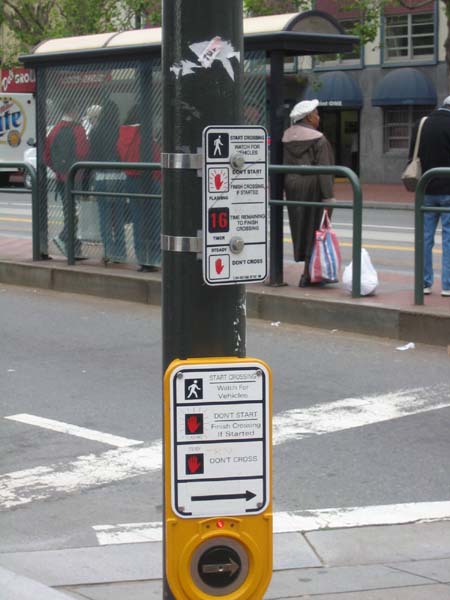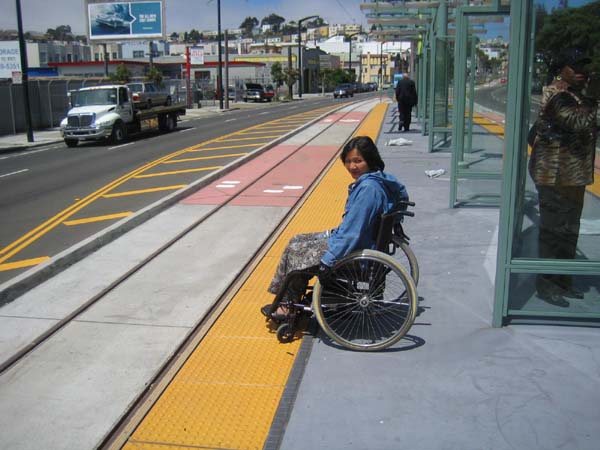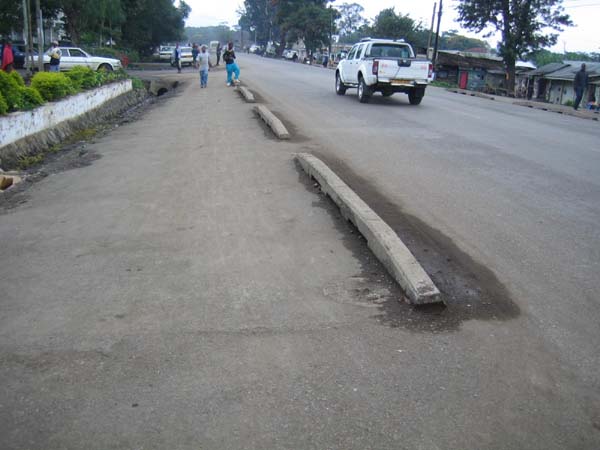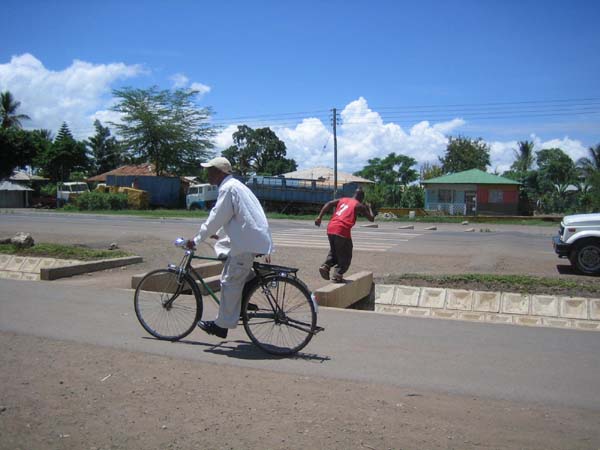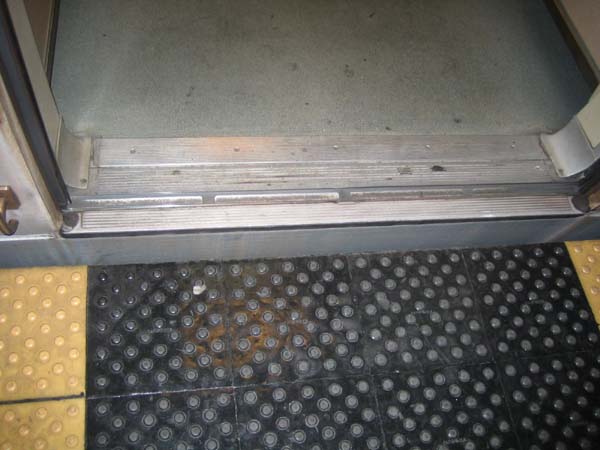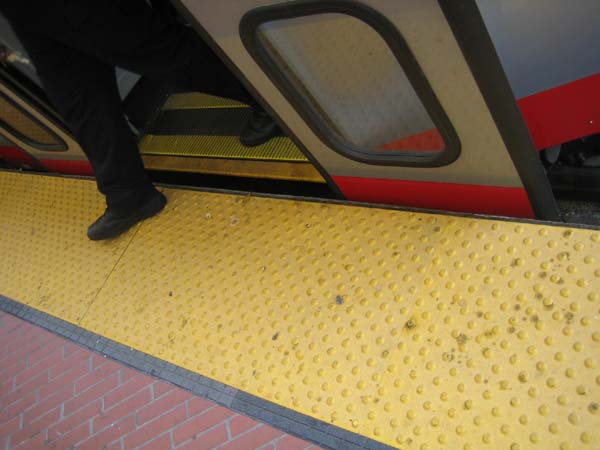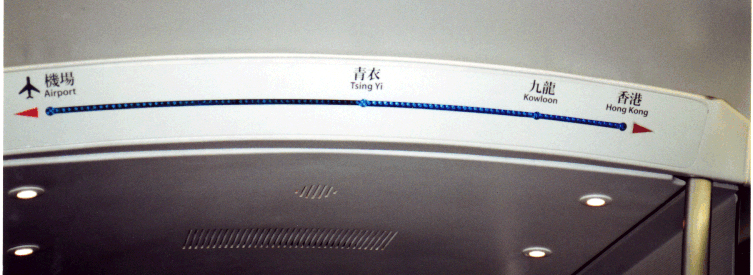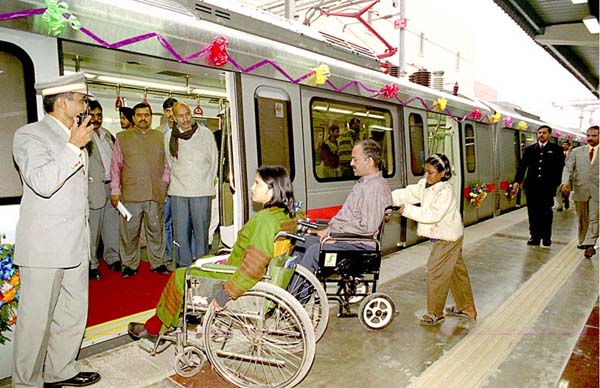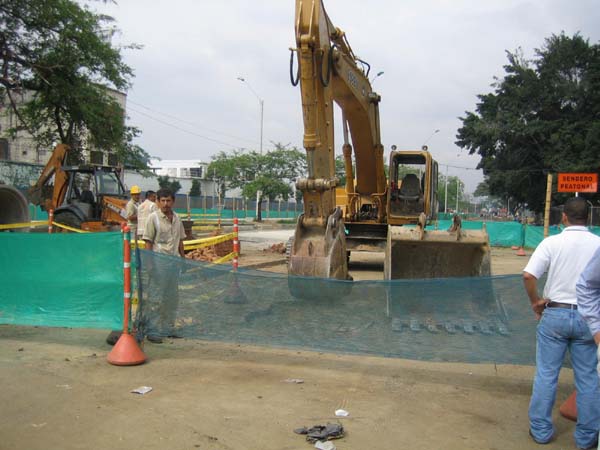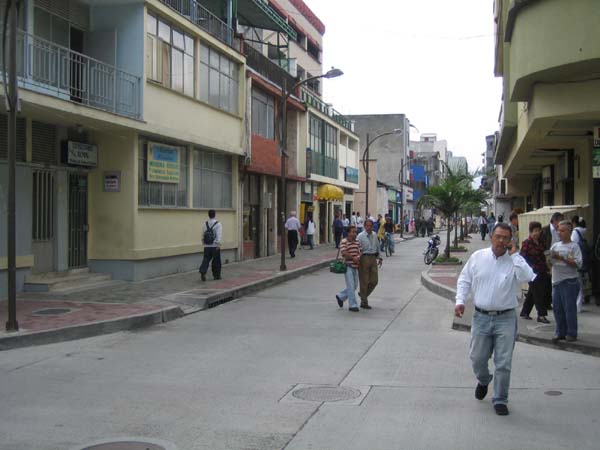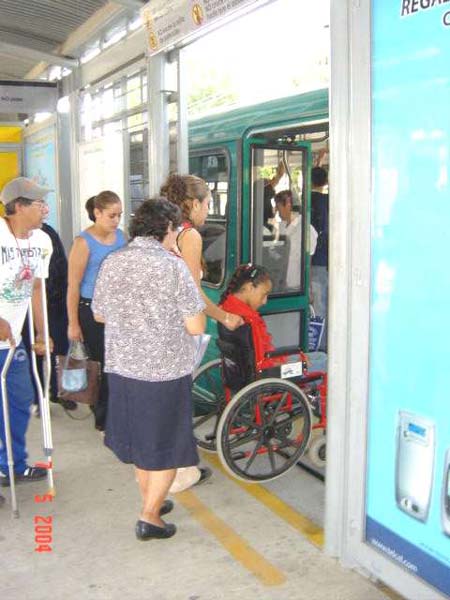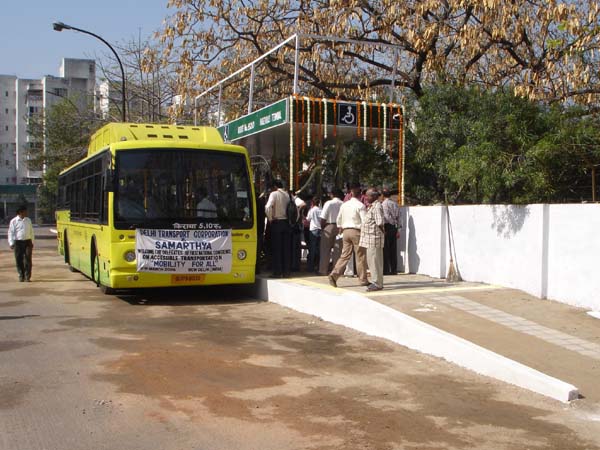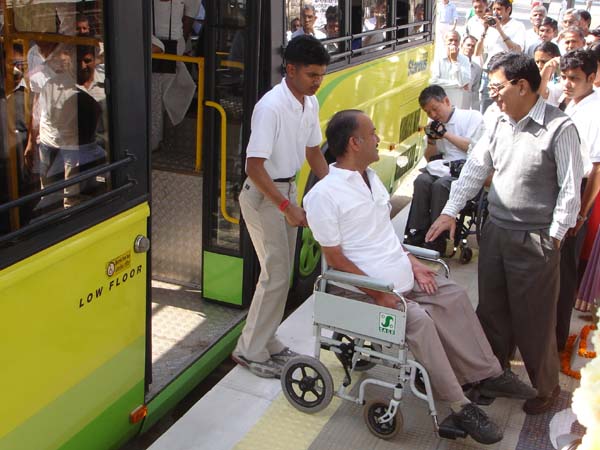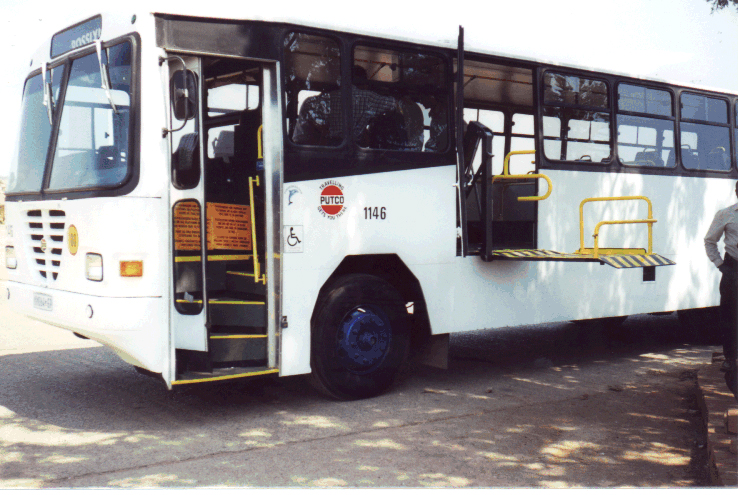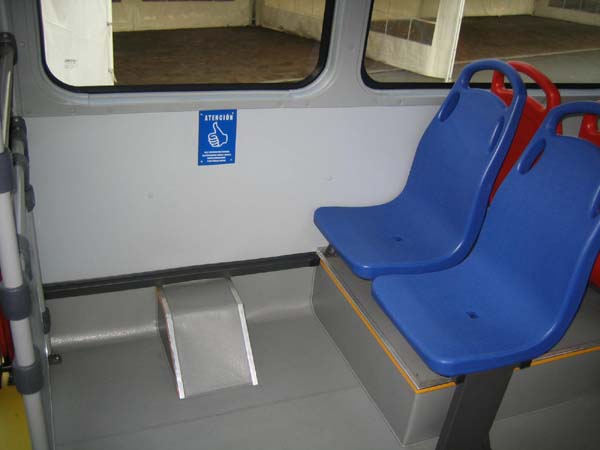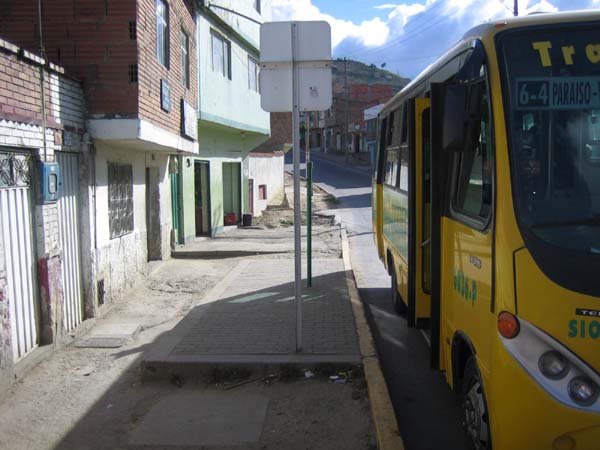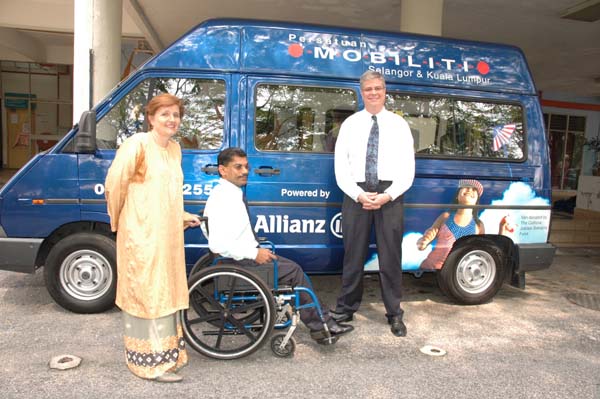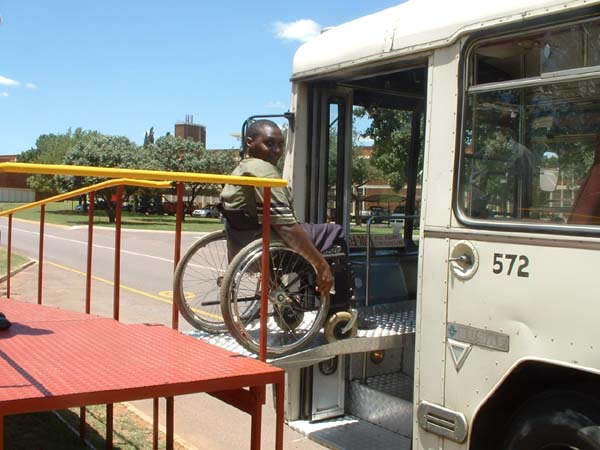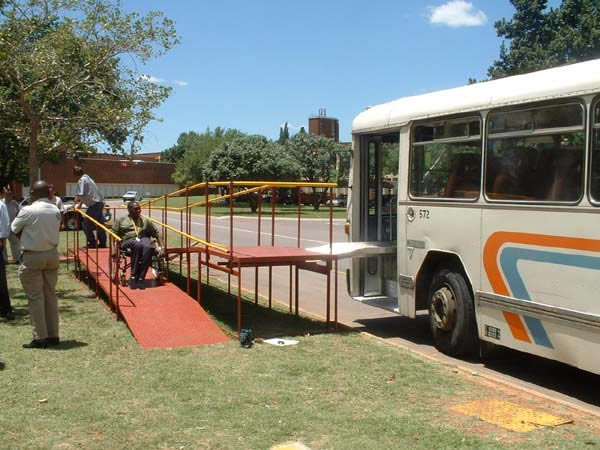Ajay KhareFIRST SEMESTER REPORTAjay Khare, Ph.D. ReflectionsMy essay below is a reflection of the journey of the BERKELEY PRIZE studio up to the present. I will talk about the changing attitudes of the students and faculty members including me, and the education that happened during the studio. I will also address the challenges that we had as teachers, education administrators and the methods we adopted to overcome those. Finally I will end with our plans for the next semester with overall goals of the fellowship. The BERKELEY PRIZE studio at SPA Bhopal had two design exercises in last semester, one with 75 participating students of B. Arch. IIIrd year (VI semester), and second with 225 students of all B. Arch. years. They were supposed to work on the chosen theme ‘universal design for cultural interface in the sacred site of Ujjain’. This was different from the short term UD workshops/ seminars that we did in the Institute in past with mature professionals. In the beginning, we did a few weeks of UD sensitization and training of students before proceeding to the site visit. It consisted of several interactive exercises and presentations with examples from everyday world around them. We used movies, simulation and games to connect with them. We made sure to introduce the international understanding of universal design (UD) & at the same time Indian way of life. This generated several un-answered questions, and we all looked forward to explore what was unknown to us. ‘Universal Design’ is not new to SPA Bhopal students because of the activities of Center for Human Centric Research (CHCR) at the institute. But every time ‘designing for disabilities’ remained central to what we did and connected to able bodied users after then. We looked at the opportunity of Berkeley Prize to explore universal design for diverse users in Indian context. We introduced the concept of universal design as designing for ‘others’ who are different and are not known to us. We talked about diversity in the Indian context and the unknown diversity that would have been present in the rich cultural context of Ujjain. We also invited persons with disabilities and elderly to interact with the students in these weeks. This helped them to understand the major component of the ‘diversity’ in universal design. They talked, worked, laughed and spent time together, to better understand ‘the other’. Many of the students had never interacted with persons with disabilities before, and realized that other than the functional limitations they have, they are very much like them. The next week focused on the human centered approach to design. We taught them tools for behavioral mapping and helped them to develop research tools for data collection. We also did a few lectures on Ujjain and its historic, religious and cultural context. For this we invited multi disciplinary experts from the field of history, philosophy, theology and city experts. After initial weeks of getting to know the city, we all went together to Ujjain, the city in which we were supposed to design our studio project. They moved together in groups to understand the city fabric and to identify the social opportunities present in the fabric. They identified the diverse users visiting the city, including the most vulnerable ones. They discovered that people visit for different purposes and there are several deep rooted beliefs which bring a lot of people with limitations to come and pray for good health and well-being. These people come irrespective of the hardships that they have to face when they visit. They interviewed the diverse users including persons with disabilities, elderly, women, children, poor, non-educated & rural populations, to understand these strongly rooted beliefs, which bring them to the city. They tried to understand the associated rituals and different activities during the year. It was very overwhelming, when they realized that once in 12 years, approximately 100 times the population of the city visit for a holy dip in the Kumbh festival. The city fabric changes several times in a year for different activities and it transforms completely during Kumbh festival. The students were initially disappointed and disheartened to see the condition of the city and its people. They wondered why people come here when there are so many wonderful tourist spots in the country. The plight of weak and vulnerable was all the more disheartening. Most of the students come from big cities and belong to an elite profession, and they always designed for ‘life style’. The traditional Indian way of life was mystic and far too cluttered for them. With more time spent with people in the city, they gradually discovered the ‘power of faith’ embedded in their culture. They saw an amazing order in the city & its people, which appeared chaotic from a distance. They discovered the ‘spiritual connect’ which made people ‘happy’ in the city, which was unknown to the ‘material world’ that they come from. They also experienced the interdependent nature of Indian families, who brought their elders for a pilgrimage to the site. They experienced the culture of helping people with limitations in such sites, and faith associated with ‘punya’ (blessings) that they earn while doing so. They also experienced beliefs associated with birth and death in the city of ruling deity ‘Mahakaal’ or ‘Shiva’. It is believed that one gets ‘salvation’ from all sufferings in Ujjain; this brings a lot of people in distress to the city. This makes it all the more important to make it inclusive for all. People also come from different regions of India, they speak different languages, wear different clothes, but are connected with a common thread of traditions/beliefs of the religion. The city also gets ‘sadhus’ (saints), who belong to different sects and come to Ujjain to visit different temples or to take holy dip in the river Kshipra. During the exploration all of us realized that city has much more than what meets the eye. It existed for several centuries before, and has traces of the people and their beliefs living in the city since then. The city is a Hindu pilgrimage and we thought that it would be annoying for the city inhabitants to have so many visitors during the year. The city also houses non-Hindus and the question that bothered all of us was - how they feel about the city as a pilgrimage site of another religion. When we spoke with people, we realized that they have so much respect for each other’s beliefs; they appeared to be so compassionate, and adjust for each other. The traditional Indian community may not be so rich, literate and sophisticated but more inclusive, happy and content. Gradually the ‘power of people’ started driving the interest of students in the studio. They started appreciating the city, its people, and saw a scope for universal design interventions. They realized that though the city has existed in its current form for years, there is a need for making life better for all through design. The traditional communities and their precious values would be lost in the years to come, which they thought could also be addressed through design. The students could see ‘Inclusive design’ as a mode to achieve ‘social sustenance’ in the Indian context. From the design for ‘life style’, they were inspired to design for the ‘way of life’. The semester was full of vibrant discussions. It was learning for all those students and faculty members who were new to the universal design field. And it was ‘introspection’ and ‘reinvention’ for people like us who worked in the area of universal design for long. We have seen it as a concept which evolved internationally after years of work in the area of accessibility. We struggled with the questions like:
One of the biggest challenges for us was the number of students we targeted to reach during the Berkeley Prize studio. We reached to about 225 students in this semester with the theme. For this we trained 75 students in the first exercise of this semester, and then trained 225 students through them. We did the second exercise of the semester in groups, in which we distributed earlier trained seventy five students. This worked very well as the trained students interpreted and internalized the concept with the responsibility to explain it to their fellow students. They became our ambassadors to reach a larger group of students. They were not very sure that how to achieve the universal design solution for a complex context in Ujjain, but were moved with the power of social opportunity. After they interacted with the user experts and the diverse visitors in Ujjain, they were very convinced of the cause and convinced their co-team members. We invited multidisciplinary experts, universal design experts and user experts from time to time and mentored them during the studio. We tried to look for answers together and helped translate their expressions to design solutions. We also struggled with the students and co-faculty members with the final design outcomes. We were not sure that would it only be a spatial design or a set of details with features of accessibility. Over the series of discussions and stages of design development, we realized that we are not looking for a ‘design’ with ‘accessibility features’ pasted on it but a design that connects with the community and empowers all members of the community. The best design solutions in the studio did not have just extra sheets with sizes, ramps, handrails, Braille signage or material specifications, but connected their designs with the whole community and issues of people in the community. They did not strait-jacket people to fit in their designs, but tailored their designs to fit the needs of the people. They respected users for what they are and interpreted universal designs as a human centered approach to improve lives of all. For the upcoming semester we have 2nd year students, who are even younger than the ones in earlier semester. It is further more challenging to teach the concept to them. We simplified and connected with them in a much more informal way than the previous semester. There are several unanswered questions from the previous semester that we will explore together in the upcoming semester. There is another value addition this time with climate responsive buildings; this will add another level of challenge. This will also help them connect to the larger body of ‘design ethics’ which is a shared responsibility of all designers to craft a socially and environmentally sustainable planet. We are encouraging students from ‘minimal intervention’ to ‘whole design solutions’ to benefit communities. We are also targeting to reach outside our institute to other colleges of architecture in the upcoming semester. We plan to extend our studio theme ‘Inclusive Design for Cultural Interface’ to other faiths and other cities of India as ‘student competition’ at national level. We stated in this our earlier report that we submitted immediately after the first semester. The BERKELEY PRIZE money would not be sufficient for this and we have arranged college funding to support this. We have floated a ‘National Student Design Competition’ and have asked students of other colleges to attempt ‘universal design’ for any one pilgrimage site in the country. We have shared universal design resources with all of them and created virtual interaction forums for discussions and dissemination. We have received registrations from about 200 student teams of about 600 students. The student competition will culminate in March 2014, in which our 2nd year 75 students would participate together with the students of other colleges on the same theme. Being the Director of the institute, I did not face any administrative and financial problems. From my side I made sure that all faculty members get a freedom to interpret, teach and express themselves. Initially not all of them thought that this is their area of work, but they showed their interest and willingness to learn. Gradually, when we explored together, all of us realized that ‘human centered approach’ for ‘inclusive solutions’ is everyone’s responsibility and very relevant to what we do in all design studios.
Additional Help and InformationAre you in need of assistance? Please email info@berkeleyprize.org. |
|






